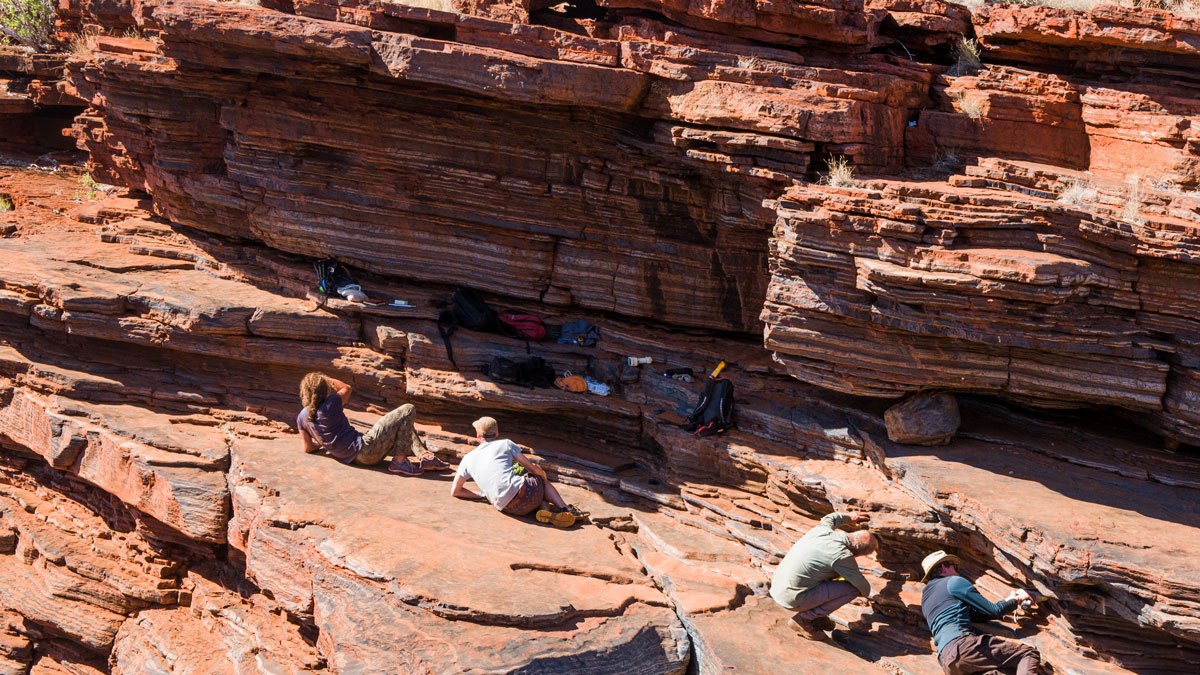Color and light measurements will help scientists better assess how our oceans and atmosphere interact.
Emily Shepherd
Posted inNews
Plants Worldwide Reach a Stomata Stalemate
Research unveiled a surprising plateau in plants’ ability to absorb carbon through stomata, which could mean more carbon left in the atmosphere.
Posted inNews
Arenas de aguas profundas y dónde encontrarlas
Antiguas avalanchas submarinas llevaron arena al abismo oceánico en el momento en que algunos menos lo esperaban.
Posted inNews
Deep-Sea Sand and Where to Find It
Ancient underwater avalanches carried sand into the ocean’s abyss during a time when some least expected it.
Posted inNews
A Day in the Life Used to Be 17 Hours
The Moon was a lot closer to Earth 2.46 billion years ago, and the shorter distance contributed to shorter days.
Posted inNews
Chasing Fire Tornadoes for Science
Recent research suggests fire-generated vortices are always present during wildfires.






